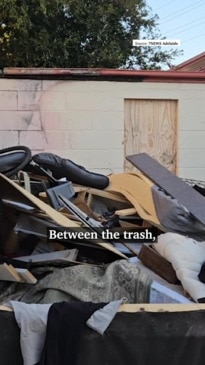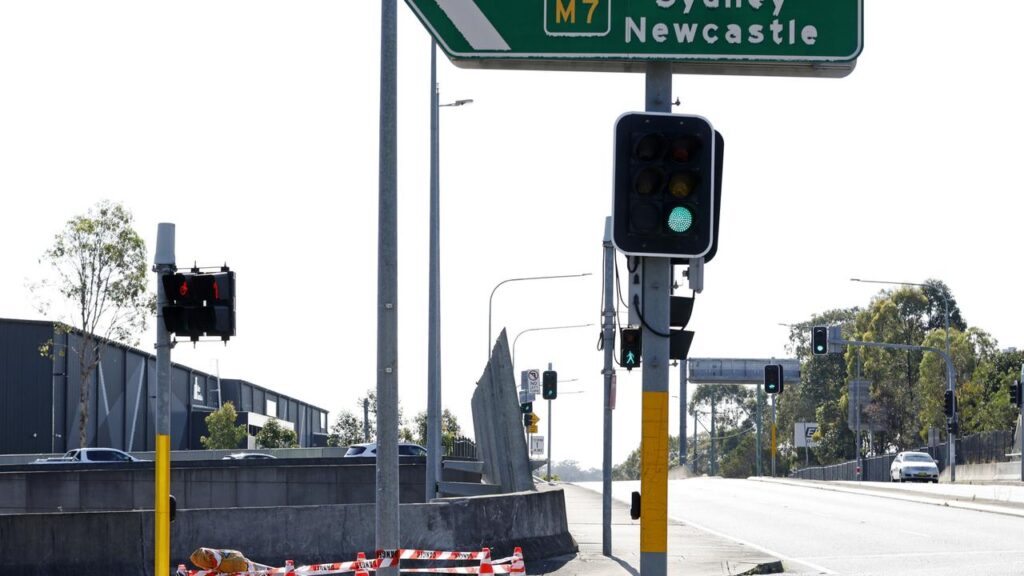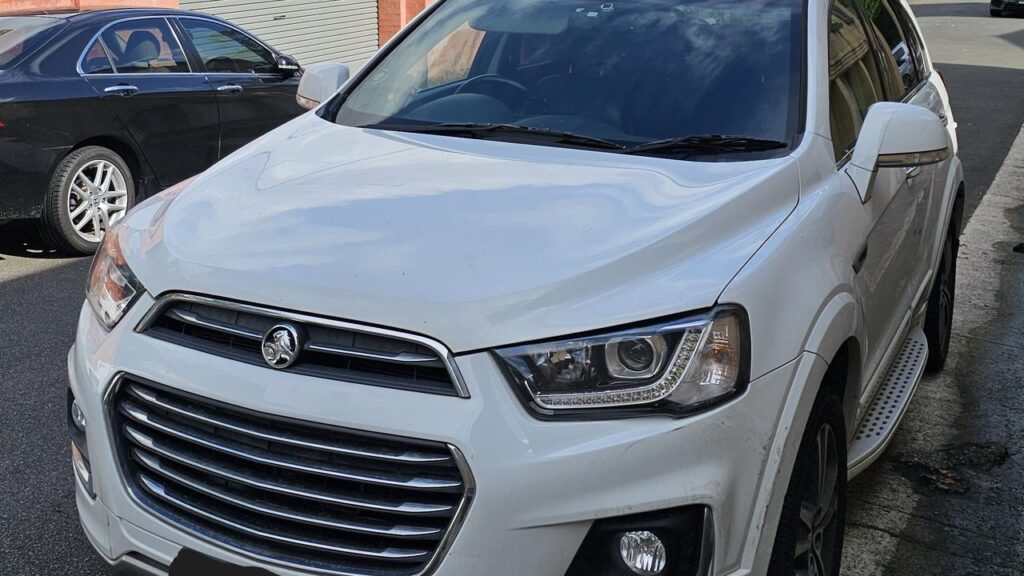How young Australians are beating the tough property market by ‘rent-vesting’ instead of buying a home
Written by admin on August 29, 2024
A growing number of young people are putting the traditional Great Australian Dream of homeownership on hold but still entering the property market.
The notion of ‘rent-vesting’ is a growing trend that’s allowing many to beat high home prices and stay living in the prime inner-city communities they like, Adviseable property buyer Kate Hill said.
“Essentially, they’re choosing to live in their desired location and keeping a flexible lifestyle, not tying themselves down to a particular location by purchasing a home, and buying an investment instead,” Ms Hill said.
According to the latest lending data from the Australian Bureau of Statistics, home loan commitments for first-time investors rose nearly 30 per cent over the past year.
And the number of new commitments in the past three years to May has surged by 120 per cent.
Ms Hill believes a mix of changing needs and wants and deteriorating housing affordability are behind the growth.
“If you haven’t got enough to buy where you want to live, you can still be there as a renter and divert that money into an investment instead,” she explained.
That’s what Beau Arfi did nine years ago, when at just 20, he decided to snap up a modest house in a rundown suburb of Ballarat in regional Victoria rather than set his sights on a home of his own in Melbourne.
“I was working as a kitchen hand and doing a few days a week in a real estate office, and I had saved a bit of money,” Mr Arfi, now 29, recalled.
“But I couldn’t afford to buy where I wanted to live in Melbourne, so I decided to invest instead. I bought a house in Ballarat for $134,000 and used it as a stepping stone. It was my way in.”
Less than two years later, he had saved a bit more cash and used it to buy a second investment in the same area for $160,000, before soon adding a third for $170,000 to the mix by using the increased equity in his very first purchase.
Eventually, he was able to buy his first home – an apartment in the then-rapidly developing Melbourne suburb of Southbank.
“Then a new building went up in front and I lost my view, so I ended up selling it.”
He continued building his investment portfolio, and these days, Mr Arfi works full-time in real estate and splits his time between Melbourne and Dubai in the United Arab Emirates, helping buyers in both cities to find investment-grade properties.
“Rent-vesting gave me flexibility because I didn’t realise how much life would change. I used to want to live in the city, then I wanted to live in the ‘burbs, then I went back to the inner-city to live in Albert Park … now I’m in Dubai a lot.
“I was able to move around and do different things because I wasn’t tied down. And I couldn’t save as fast as property prices were moving, so if I hadn’t invested first, I probably would’ve missed out.”
Rent-vesting is a way of taking the first step on the property ladder when financial means don’t stretch to a dream home, but for many, it’s also a strategic move, Ms Hill said.
“But I’m working with a lot of people who could probably afford to buy a home where they want, but see the benefit of investing instead, so it’s a deliberate lifestyle choice.”
The Covid pandemic really drove home the possibilities on offer with borderless investing, she said.
Where once the conventional wisdom was to invest in your home patch, savvy would-be buyers are much more open to options interstate.
“I even have a client who works for an Australian company but lives in Brooklyn in New York, and she’s investing in property here. She’s looking all over the country.”
Ms Hill has also noticed non-traditional partners team up to buy an investment together, boosting their borrowing power, like siblings and friends.
“I’m working with a pair at the moment, a brother and sister, who have teamed up to invest.
“Also, I’m seeing a lot of younger women do this on their own. I’ve got four on my books at the moment, all in their young 30s, who see investing as a way to future-proof their lives. They’re investing now to give themselves security in the future, as well as options.”
Most of the young hopeful investors she encounters have budgets between $550,000 and $650,000, which might not get them a home in a prime location but can cover the cost of a modest investment in a growing area.
“Whether it’s in Geelong, Toowoomba, Greater Brisbane or suburban Melbourne, many of these first home investors are prepared to purchase interstate and remain as renters in their location of first choice,” she said.
“And I think it’s more possible than people think. Yes, property prices in some areas are high and have risen sharply, but there are still opportunities to buy an investment with good long-term prospects that won’t break the bank.”
Shaun McGowan, CEO of MortgageBroker.com.au, said economists expect home prices to continue to rise over the coming year.
“Prospective buyers should consider acting now as property prices and building costs are unlikely to decline soon,” Mr McGowan said.
“Economic fluctuations, market dynamics, and geopolitical factors contribute to the steady increase in living and building costs.
“Supply chain constraints, labour shortages, and stricter building codes all add to the expenses, making it prudent for individuals to consider purchasing sooner rather than later to benefit from future appreciation and potential wealth accumulation.”
He said the key to long-term success in real estate is staying in the market, making strategic choices, and “persevering through challenging environments”.
“Real estate often serves as a hedge against inflation, preserving value over time and providing financial security in an environment of rising costs.”
More Coverage
And the power of growth and a long-term strategy means an investor today can have far greater options down the track than those who sit on their hands, Ms Hill believes.
“It might be that someone has bought an investment or two and then 10 years down the track, they’ve met someone and they want to start a family, and they sell one or both to contribute to buying a home to live in.
“It’s all about having flexibility and options later on in life.”








